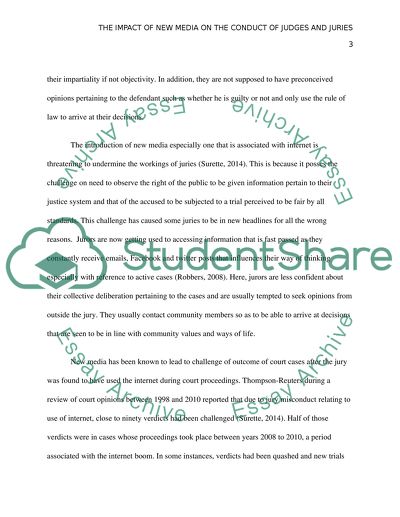Cite this document
(Impact of New Media on Conduct of Judges and Juries Dissertation, n.d.)
Impact of New Media on Conduct of Judges and Juries Dissertation. Retrieved from https://studentshare.org/media/1692799-legal-language-research-essay
Impact of New Media on Conduct of Judges and Juries Dissertation. Retrieved from https://studentshare.org/media/1692799-legal-language-research-essay
(Impact of New Media on Conduct of Judges and Juries Dissertation)
Impact of New Media on Conduct of Judges and Juries Dissertation. https://studentshare.org/media/1692799-legal-language-research-essay.
Impact of New Media on Conduct of Judges and Juries Dissertation. https://studentshare.org/media/1692799-legal-language-research-essay.
“Impact of New Media on Conduct of Judges and Juries Dissertation”, n.d. https://studentshare.org/media/1692799-legal-language-research-essay.


